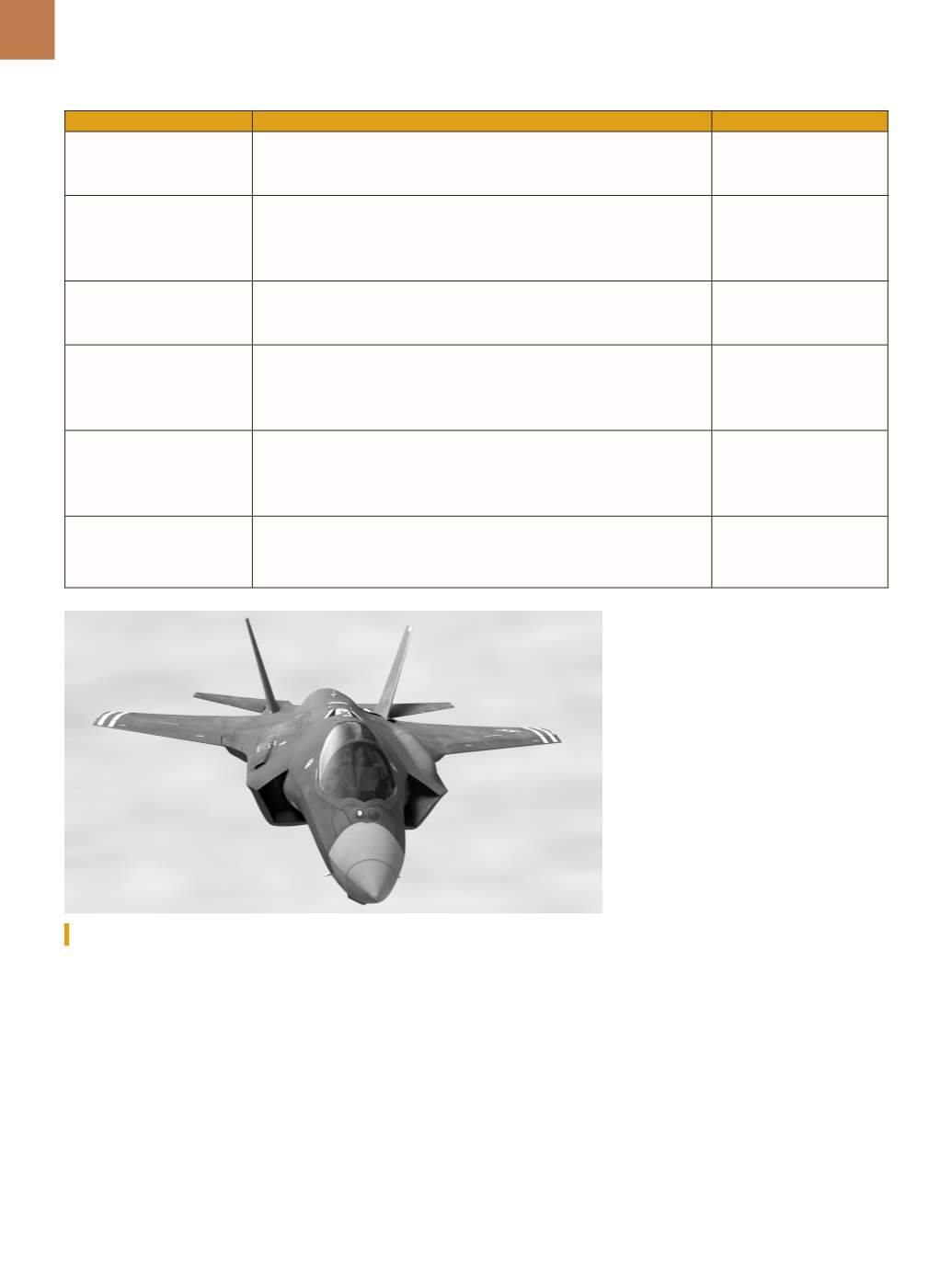

A D V A N C E D M A T E R I A L S & P R O C E S S E S | M A Y 2 0 1 6
3 6
TABLE 4
—
CHEMISTRY AND BIOLOGICAL SCIENCES
Research area
Emphasis areas (not inclusive)
Program officer
Biophysics
Bio-molecular imaging below the diffraction limit, bioelectricity,
electromagnetic stimulation, quantum biology, and
mechanisms of sensory systems.
Hugh De Long
703.696.7722
biophysics@us.af.milHuman performance and
biosystems
Advanced understanding of cortical and sub-cortical, noise interference
and reverberation, psychoacoustic basis of informational masking,
automatic speech detection, 3D spatial segregation, and
sensory and sensorimotor processes.
Patrick Bradshaw
703.588.8492
sensory.info@afosr.af.mil biosystems@afosr.af.milMechanics of
multifunctional materials
and microsystems
Autonomic and adaptive structures and structural integration
of power harvesting, storage, and transmission
capabilities for self-sustaining systems.
Byung-Lip “Les” Lee
703.696.8483
mmmm@afosr.af.milMolecular dynamics and
theoretical chemistry
Chemical reactivity, bonding, and energy transfer processes; molecular
clusters and nanoscale systems in catalysis; dynamics at gas-surface
interfaces; reaction dynamics; ion-molecule reactions; and
electron-ion dissociative recombinations.
Michael R. Berman
703.696.7781
mdtc@afosr.af.milNatural materials, systems,
and extremophiles
Natural chromophores and photoluminescent materials found in
microbial and protein-based systems; synthesis of novel materials and
nanostructures using organisms as materials; biomimetics research;
biomaterials; and biointerfacial sciences.
Hugh C. De Long
703.696.7722
nature@afosr.af.milOrganic materials chemistry
Photonic polymers and liquid crystals, polymers with interesting
electronic properties, and novel properties polymers
modified with nanostructures.
Charles Y-C Lee
703.696.7779
organic@afosr.af.milresource for initiating communica-
tion between AFRL and non-domestic
researchers.
The international programs offi-
cers (IPOs) divisions also provide trav-
eling assistance for visiting researchers
and sponsor attendance at interna-
tional conferences. Domestic academic
researchers may find these offices help-
ful in contacting and leveraging inter-
national research programs. Specific
contacts for these divisions are located
on the AFOSR website
[2]
. Arranging
meetings with IPOs and potential
researchers during international work-
shops to capitalize on the close proxim-
ity of participants has proven beneficial
given their busy schedules.
Additional opportunities are avail-
able within AFOSR, including the young
investigator program, summer faculty
fellowship program, the AFRL research
associateship program, as well as the
small business research (SBIT and
STTR) programs. Information on these
is readily available from the AFRL and
AFOSR websites, including instructions
on how to compete for contracting
actions. Researchers are encouraged to
visit the websites and relevant POs for
additional information.
~AM&P
For more information:
Jaimie Tiley
is materials engineer, U.S. Air Force
Research Lab, 2230 10th St., Dayton,
OH, 45433, 937.255.5347,
jaimie.tiley@ us.af.mil,
www.wpafb.af.mil/afrl.References
1. Air Force Office of Scientific
Research, 2014 Technical Strategic
Plan, Air Force Research Laboratory,
2014.
2. Air Force Research Laboratory
website,
www.wpafb.af.mil/afrl/afosr/,
2016.
3. Defense Deputy Secretary Robert
Work, Speech to Center for a New
American Security (CNAS) Inaugural
National Security Forum, December 14,
2015.
4. AF Future Operating Concept, United
States Air Force, 2015.
United States Air Force F-35 Aircraft.


















